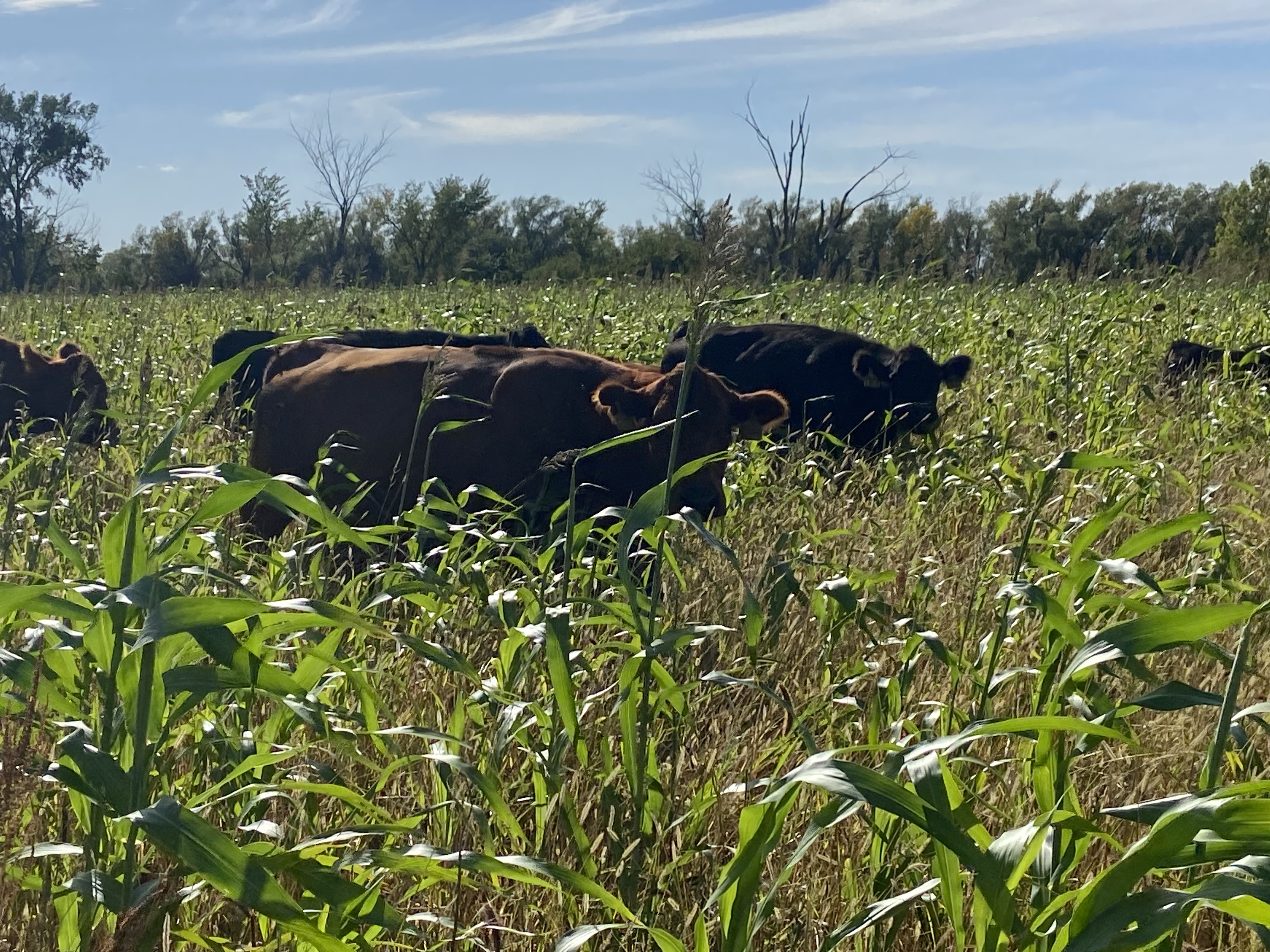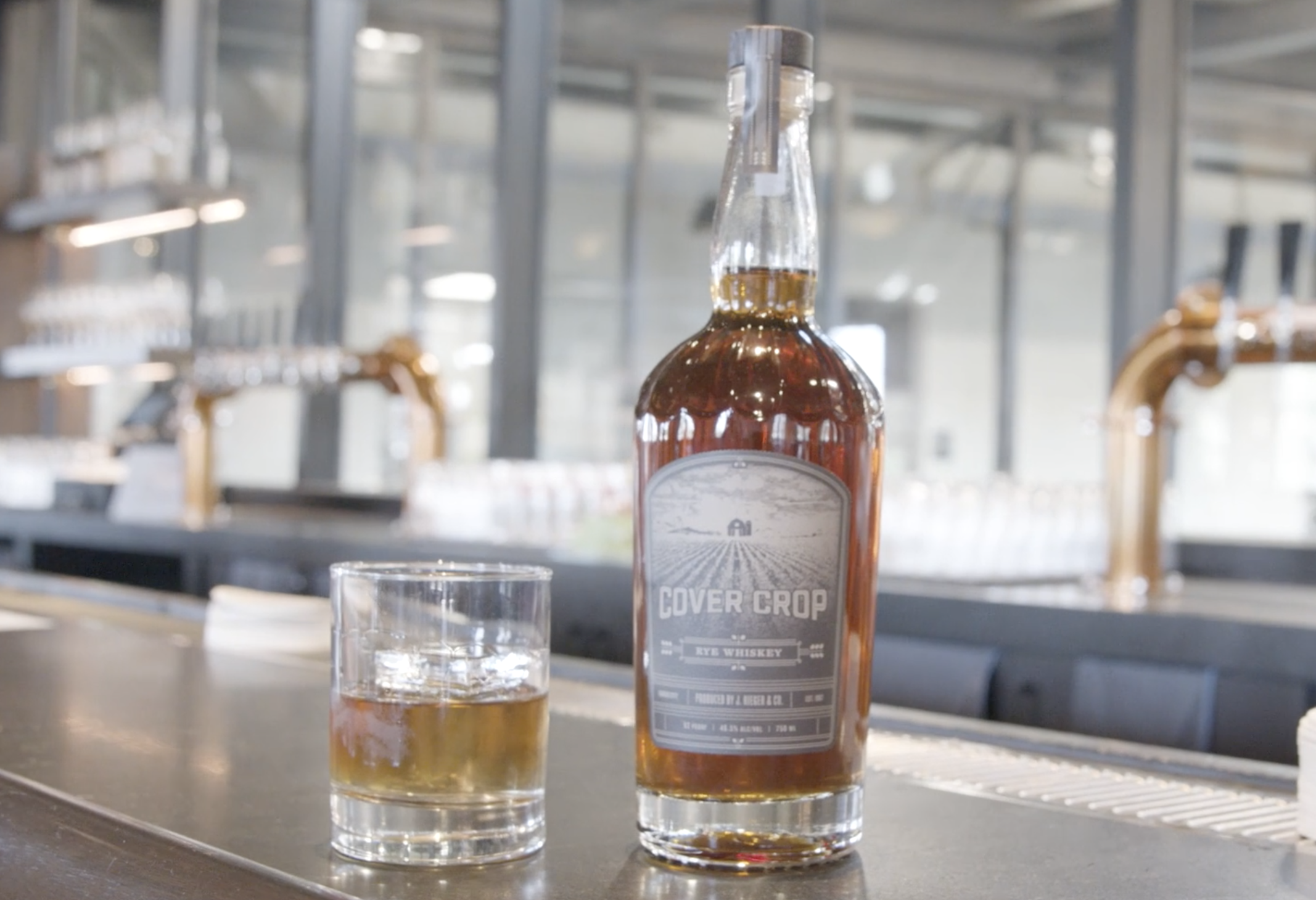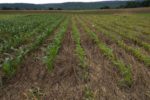Advertise Follow Us
Cover Crops
Cashing in with Cover Forages Between No-Till Wheat Crops
Oklahoma no-tiller squeezes in a profitable late-summer, early-fall grazing period on cover crops he sows immediately behind his combine. The practice adds $100-150 per acre in cattle gains.
Read More
What I've Learned from No-Tilling
Getting by with Less is Giving this No-Tiller More to Cheer About
Reducing tillage, slashing nitrogen, cutting seed treatments and opting for untraited corn have savings adding up and profits peaking.
Read More
Spoon-Feeding Nitrogen: Getting the Most Bang for Your Buck
Indiana farmer reflects on twenty years of change, outlines how to maximize return on investment with N application.
Read More















